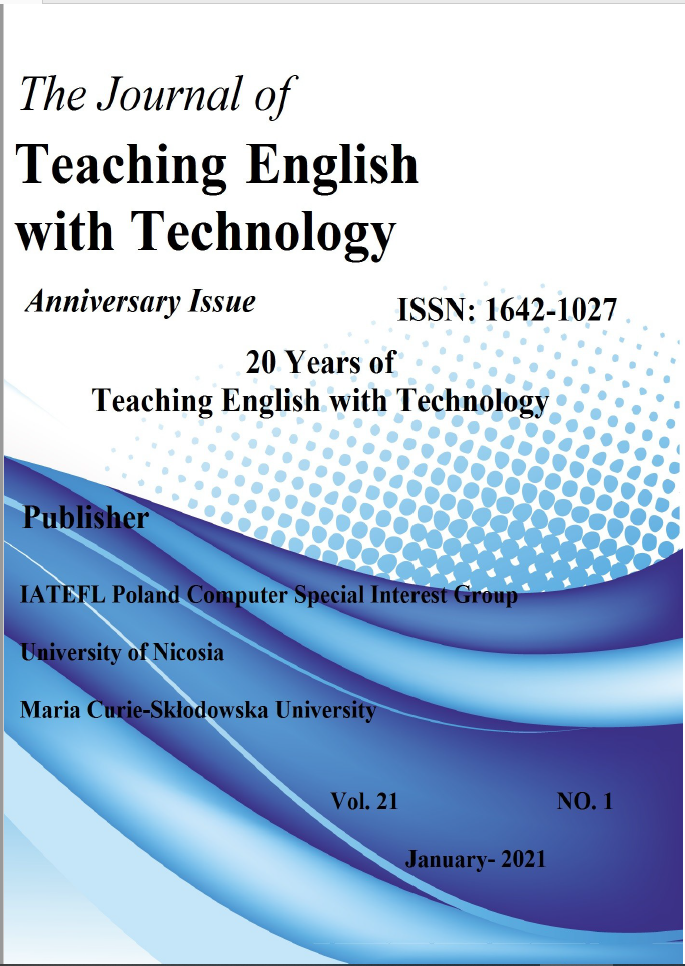EFL TEACHERS’ PERCEPTIONS OF INDONESIAN BLENDED LEARNING COURSE ACROSS GENDER AND TEACHING LEVELS
EFL TEACHERS’ PERCEPTIONS OF INDONESIAN BLENDED LEARNING COURSE ACROSS GENDER AND TEACHING LEVELS
Author(s): Herri Mulyono, Deana Ismayama, Anggi Rizky Liestyana, Cahya KomaraSubject(s): Foreign languages learning
Published by: IATEFL Poland Computer Special Interest Group and The University of Nicosia
Keywords: blended learning; gender; teaching levels; Rasch analysis
Summary/Abstract: Studies examining teachers’ perceptions of the application of blended learning abound in literature, however, few have explored if the teachers’ perception differed in reference to their gender and teaching level. In the current study, English as a foreign language (EFL) teachers’ perceptions of Indonesian blended learning practices from the perspective of their gender and teaching levels were examined. A total of 247 EFL teachers across teaching levels, i.e. lower secondary school, upper secondary school, university, informal education and other levels were surveyed. Statistical analyses using Rasch Model and ANOVA were performed to analyse the quantitative data. The findings showed that teachers’ perceptions about blended learning were positive but were not statistically significantly different between male and female teachers. Regarding teaching levels, teachers’ perceptions about skill and experience and their motivation to exercise blended learning were significantly different (Fskill and experience= 5.373, p < .05; Fmotivation= 2.555, p < .05), whereas the interaction and communication as well as the effectiveness and flexibility domains were not. More specifically, university teachers’ perceptions regarding skill and experience statistically differed from those teaching in upper secondary school (M = 2.48, p < .05) and informal education (M = 2.48, p < .05). Insufficient training and supports on blended learning were the primary challenges that constrained teachers from designing and managing the blended learning activities, consequently preventing them from addressing technical issues that emerged during blended learning practices.
Journal: Teaching English with Technology
- Issue Year: 21/2021
- Issue No: 1
- Page Range: 60-74
- Page Count: 15
- Language: English

